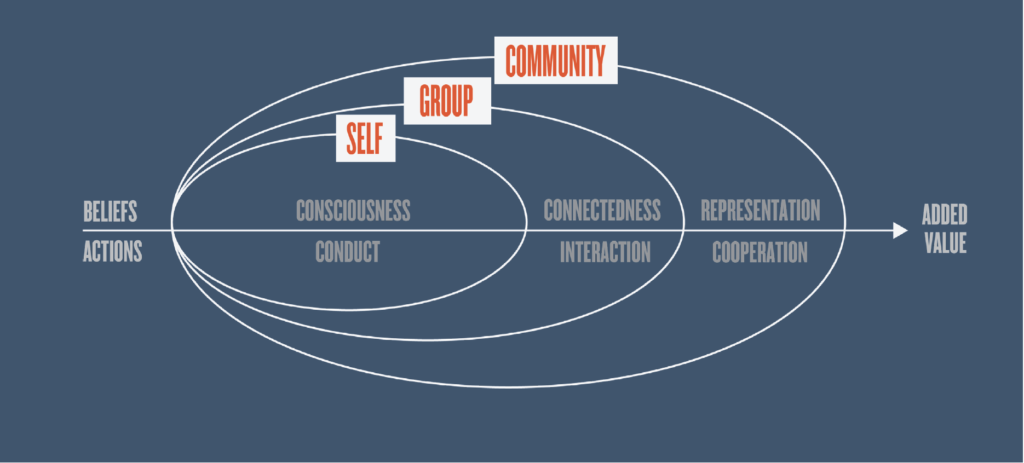
John Park, Ph. D., Texas A&M AgriLife Extension Service
by John Park, Ph. D.
Agriculture has a problem. This problem is nothing new, in fact it has existed since farmers first brought their crop to a common marketplace. These agricultural markets are characterized by a relatively large number of producers growing homogeneous commodities. In other words, the production from one farm is difficult to differentiate from that of another (other than the commodity grade) and producers are generally not large enough to individually affect the overall supply of a given commodity. As a result, farmers are price takers – They must accept market prices, and have limited ability to improve profit margins. The good news is that they can reduce costs if they are able to make improvements to production efficiency. Thus, they innovate.
Challenges Remain Despite Innovation
When we speak of innovation, we generally think of advances in knowledge or technology that help to improve our current ways of doing things. For example, advances in genetics, chemicals, fertilizers, agricultural mechanization, and better management practices have resulted in corn crop yields that have dramatically increased from less than 30 bushels per acre in the 1930s to 172 bushels per acre today (Nielsen, 2021). But this innovation alone is not enough to overcome the problem of the commodity market. Efficiency gains in production are soon offset by increased costs passed down by processors and other firms in the supply chain. Individual producers lack the market power to prevent this. In response, farmers innovated the business model itself, and agricultural cooperatives were organized.
So we can innovate processes, machinery, genetics, and even our business model, but what about people? Human resources are arguably one of the most important factors for the success of a modern business. What can be done to “innovate” ourselves? We can share knowledge from one generation to the next, and we benefit from all the advances in science and technology that come before us, yet in terms of human development each person born into the world must start at the beginning. We each progress through stages of physical, mental, and emotional development. We may not be able to innovate the human body, but we can facilitate personal development by innovating the way we train our leadership.
The Multidimensional Influence Model

Multidimensional Influence Model
On this front, I have, in collaboration with my friends and colleagues Diane Friend of Texas A&M University-Kingsville, and Matt Manley of Brigham Young University-Idaho, developed a new framework for training cooperative directors. The Multidimensional Influence Model (MIM) is more than a training regimen for cooperative directors. We believe it is a way to frame all the challenges people face as they seek to engage in the world around them.
Each of us has an innate desire to influence our environment and the people around us. We have feelings of self fulfillment and validation when we are able to change someone or something in an indirect but important way. This influence can be described in three levels that extend outward from yourself, to the direct relationships you have with other individuals, to the sometimes indirect relationships you have in the world. As we progress through these levels, we add greater value to the relationships we have with other people, groups, teams, organizations, and communities. We further define influence as having two components within each level. One part represents our foundational beliefs that impact our view on the world, and the other part represents how we choose to act.
To summarize, the levels of influence operate in three domains of relationships. Each of these domains are defined by our beliefs and our actions. This gives us six defining competencies we can associate with our ability to influence: Consciousness, Conduct, Connectedness, Interaction, Representation, and Cooperation.
Level 1 Influence
We can describe Level 1 Influence as the influence you have over yourself. It is defined as conscious conduct. Your desire to have an important impact on the world begins within yourself. Your ability to influence the world relies on your own awareness of your emotions, strengths and limitations. It is strengthened by your feelings of self assurance. Your standards for behavior, and the manner or processes you choose to carry on from day to day are critical considerations for the value your influence may have in the end.
Level 2 Influence
We can describe Level 2 Influence as the influence you have on an important group you belong to, or more generally, the people with whom you directly interact. It is defined as connected interaction. Your ability to extend your influence to others in these small group settings is dependent on the connections and feelings of affinity you develop with the group or with particular people. It is impacted by the ways you choose to communicate with others, including the non-verbal cues you may use (like a well timed eye-roll).
Level 3 Influence
We can describe Level 3 Influence as the influence you have over the larger organizations you belong to, including the community in which you live or the cooperative to which you belong. It is defined as represented cooperation. Whether you call it citizenship or membership, it represents the influence you exert on multiple people, including people you don’t interact with directly, and even those you may never meet. To successfully influence your community, you must consider the rights and obligations of all. You must find ways to work with together and identify common bonds and goals. As Plato said, “If you want to go fast, go alone. If you want to go far, go together.” Incidentally, we love the fact that our model ends with cooperation, especially given that our primary audience is comprised of co-op directors.
Influence, as it is described here, will produce remarkable results. This vision of influence is founded on service to others. It will empower the development of others and improve working relationships. It will bring greater joy to work and build loyalty in your cooperative. Sometimes our natural weaknesses in the competencies described here result in the use of counterfeit influence. This type of influence is founded on coercion, intimidation, and exclusion. It erodes loyalty in your cooperative. Our hope is that if we identify these natural tendencies in ourselves, we can each become exceptional leaders, no matter our position in our communities.
The magic of the MIM is that it helps us see that everyone has an important role in our communities. Through the application and personal development of the six competencies (Consciousness, Conduct, Connectedness, Interaction, Representation, and Cooperation), even those who view themselves as ordinary, whether by position, or ability, will achieve extraordinary things. Diane, Matt and I are continuing to develop a personal assessment as part of our director training efforts, but genuinely hope that it might inspire greater confidence and richer relationships for everyone. We believe this might be the most important innovation of all.


